Many New Yorkers and visitors to New York probably assume that stargazing isn’t exactly ideal, or even possible, given the massively light-polluted skies over Manhattan. All the more reason to go out to a heavily populated spot, such as the High Line park on Manhattan's West Side, set up some scopes with the Amateur Astronomers Association of New York, and engage the passers-by in some good old-fashioned astronomy outreach.
What is outreach?
Anytime you share some aspect of astronomy or observing the sky with friends, families, students, or the general public, you are doing astronomy outreach [1].
How can you do outreach that truly engages people? Here are three of my top tips. These are especially useful for when you are expecting the sky to be cloudy at times.
Jessica at the High Line, a popular public park built on a historic, elevated freight line on Manhattan’s West Side.
Two People at the Scope
You’ll want to have two people at the scope, especially if you’re new to doing outreach. Experienced amateur astronomers who do a lot of outreach can often handle the crowd with ease, but it never hurts to have a second person to help.
Because it can feel overwhelming to explain the sky, align your scope, and answer questions, you’ll want to have a buddy with you. Your outreach buddy can tell people what they’re going to see in the scope, answer questions, and tell people when the next observing event will be held. If your buddy feels comfortable telling cultural stories about the sky, that’s also a nice option.
Both of you will want to know about the scope—specs, brand, cost—because it’s almost inevitable that some people will ask you about it. Some people were really surprised to learn the scope we were using from Explore Scientific was only about $200. Most people have no idea how much a starter scope costs.
Engaging with people is at least 50% of outreach. You’re creating relationships between you, the public, and the telescope. Plus, your outreach is opening a new way of relating to sky!
Fire up Imagination
While you may be a veteran sky observer, when you do outreach, many of the people you encounter will be observing for the first time. Try to remember the excitement you felt the first time you got a look through a scope, and inspire that feeling in the others around you. Out and about on a busy night in the city, most people aren’t likely pondering the wonders of the universe. This is an opportunity to capture their imaginations.
One Dazzling Fact
We had limited clear sky on the night we were doing outreach at the High Line in New York City. So before looking in the scope at a tiny dot, we’d tell people that the star they were about to see, Vega, is about 2.5 times bigger than the Sun. Eyes would widen; by the time they got to the scope, their imaginations were already on fire.
Both people doing outreach will want to have at least one dazzling fact per astronomical object. Ideally, you’ll gather facts about common objects in the sky before you get to the outreach site, but if you don’t have time to figure this out beforehand, don’t worry about it. Ask another amateur or use your app for a fact. It’s also okay to say that you don’t know the answer to a question.[2]
Get a Yes
Asking a question to which people most likely say yes is another way to inspire curiosity. I’d ask people, “Do you want to see a star?” Enthusiasm visibly increased. (Who doesn’t want to go home and say they saw a star while out on the town?)
We all know the wonder that some targets, such as Saturn, can bring. But we still got wows from showing people Vega and Altair. It all depends on how much you inspire the imagination.
Have an Astronomy App
Conditions on the night we were observing were far from ideal. There were several times when we had stretches of clear sky, and then the clouds would cover over. I’d take out Sky Safari on my iPhone and show where the stars and planets were positioned behind the clouds, and people would really respond. Most had never seen a sky map like this, and everyone asked me about it. It was surprisingly easy to engage people, even when they couldn’t see anything through the scope.
Jessica met Jolly and Faissal at the event. Astronomy outreach leads to making friends and sharing interests.
I hope you find these ideas useful and that they make your outreach easier and more fun.
Photos by Joe Cieplinski
As an Amazon Associate we earn from qualifying purchases.



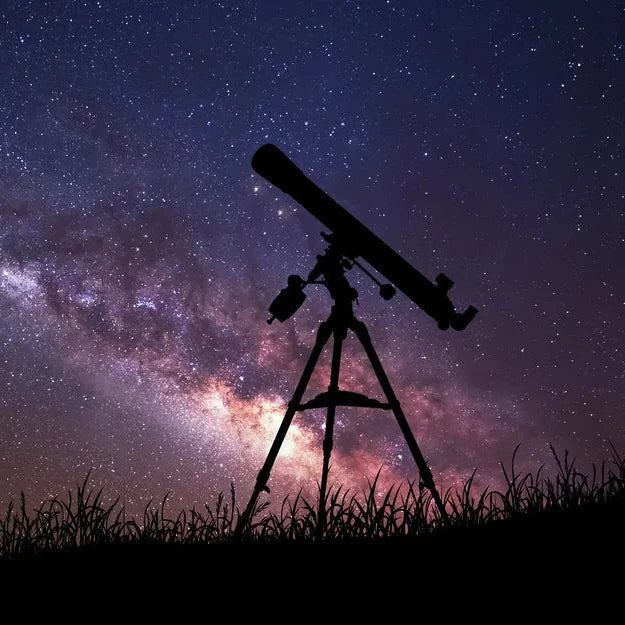
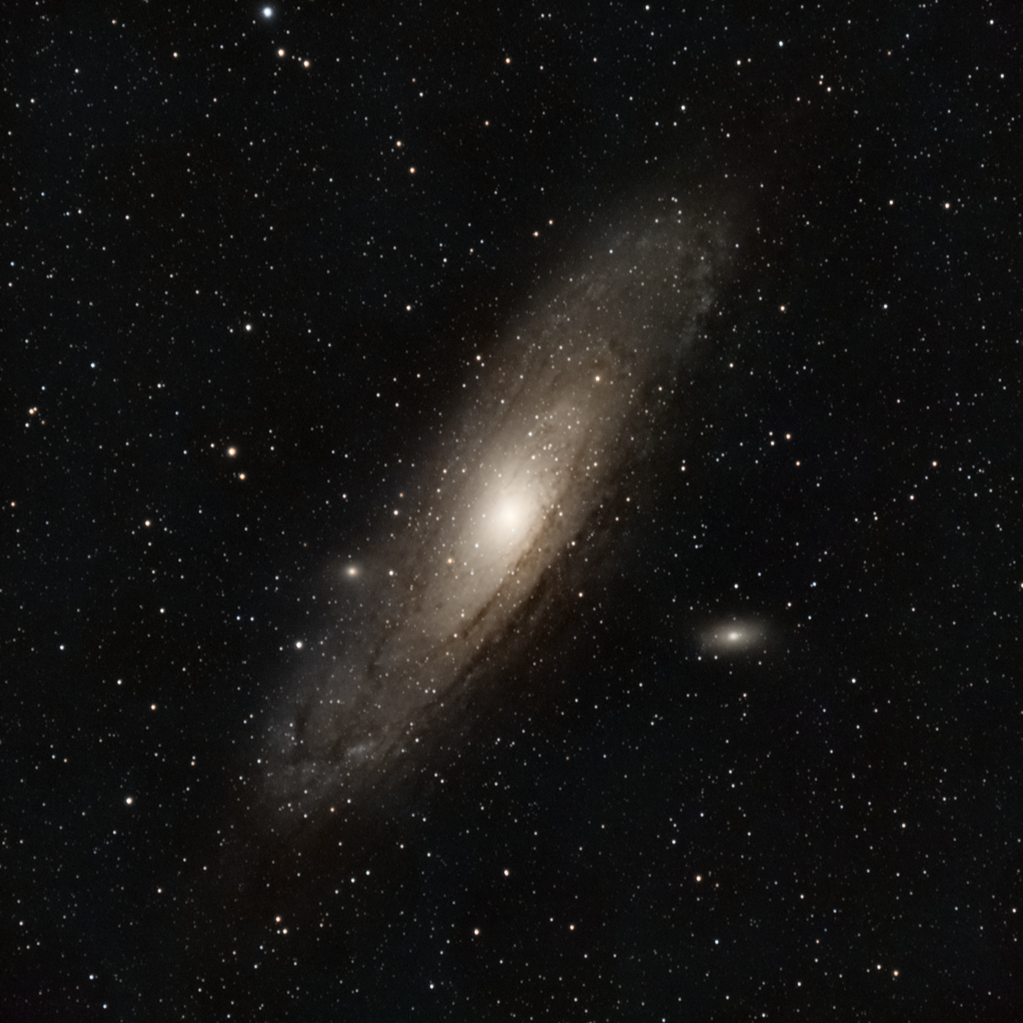
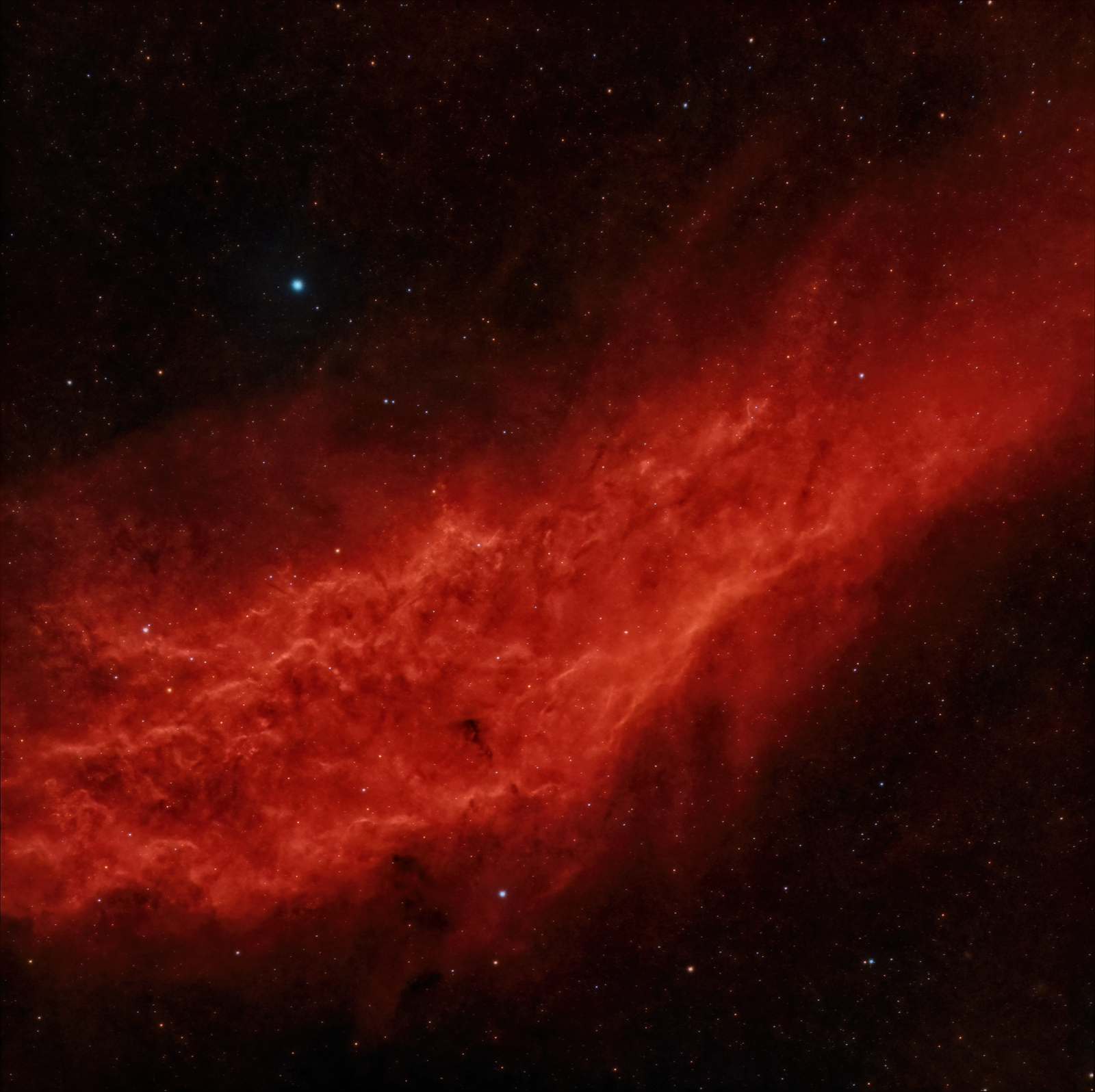


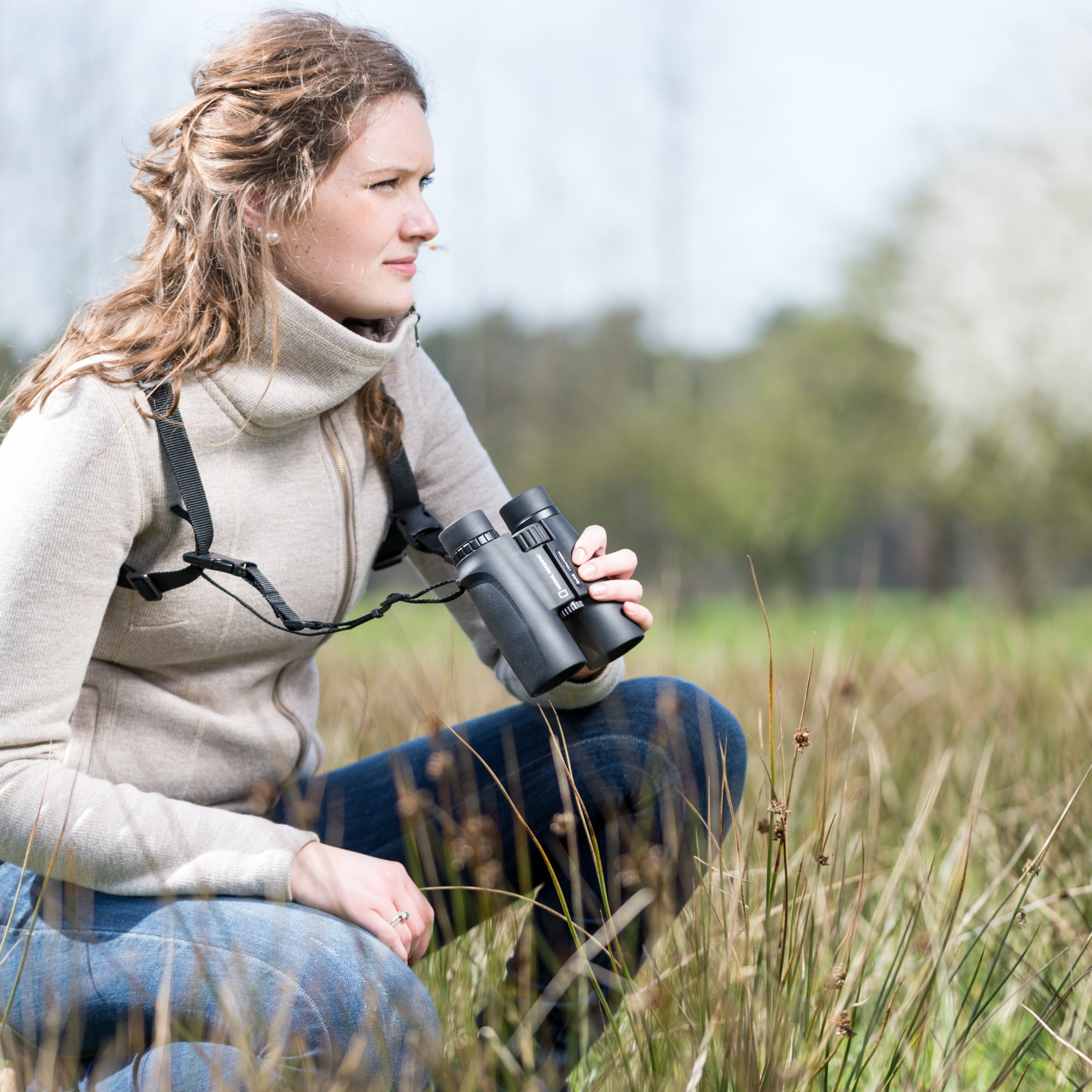
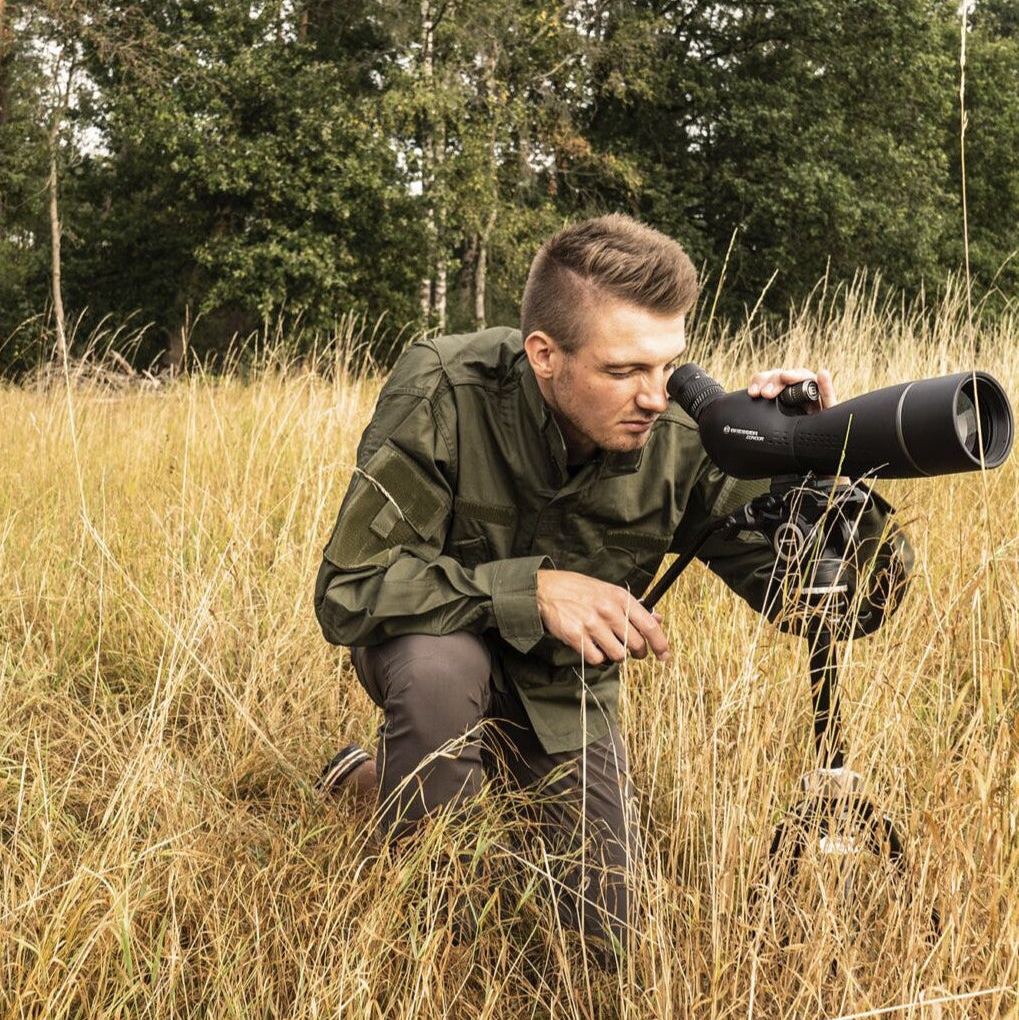


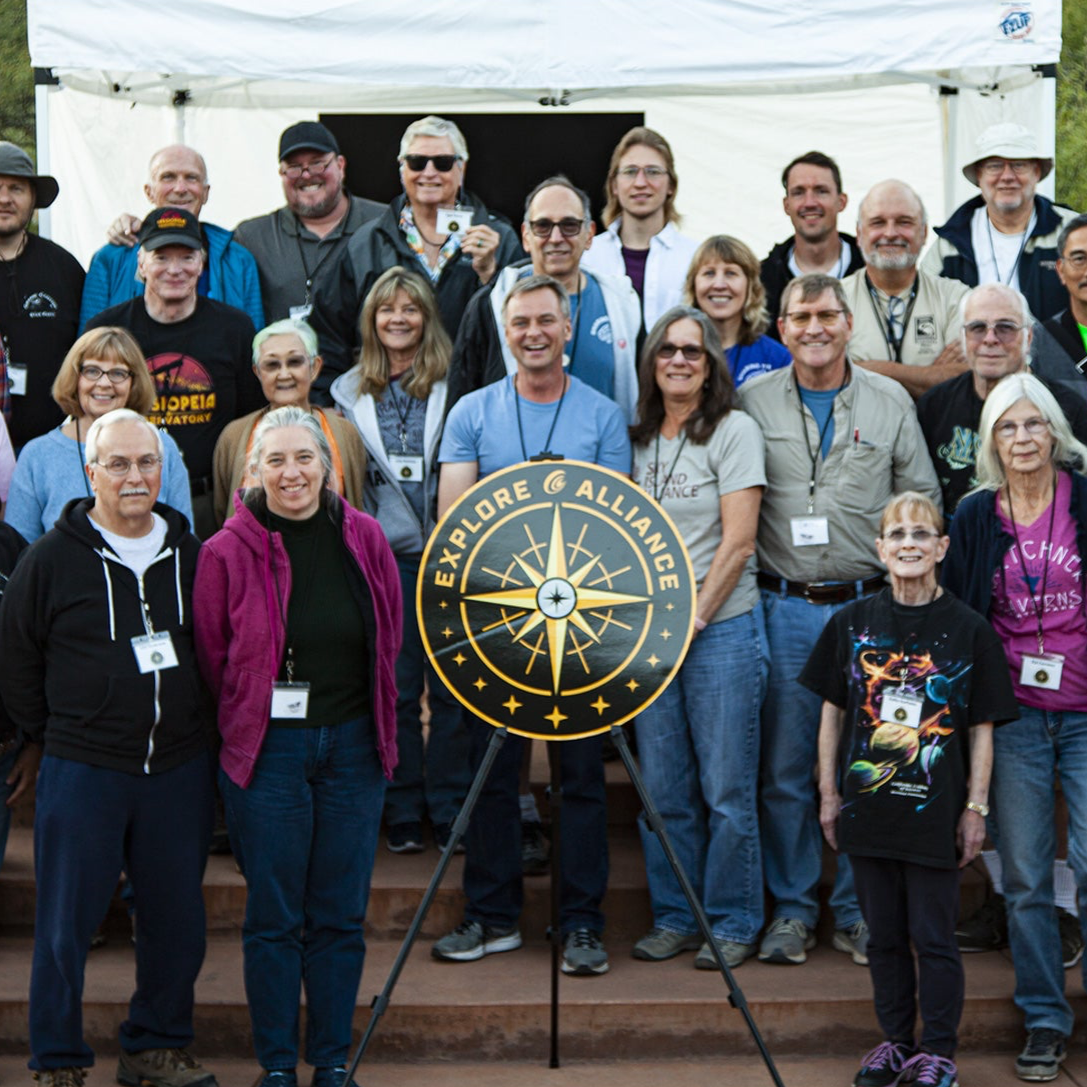


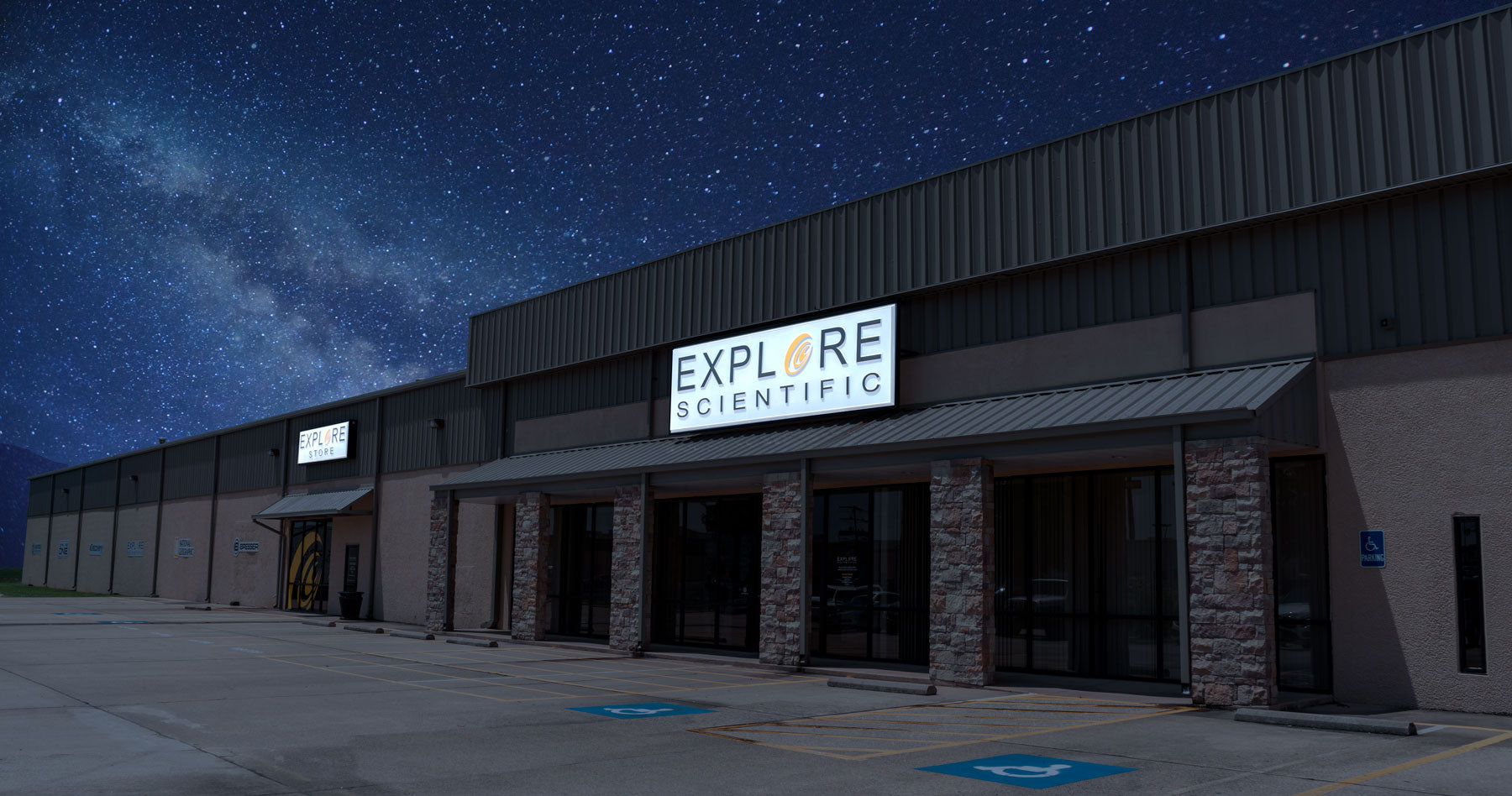

2 comments
James DiPietro
I did something similar to this across the river at the Liberty Science Center. They were doing a special evening event during the summer for Mars at its closest point, and they asked our astronomy club to come out with some scopes to host an evening with them.
I brought two scopes with me, an 8" scope on an German Equatorial Mount, and a 14" Dobsonian mounted scope. It took too long to do any kind of polar alignment as Polaris barely showed in my polar scope, so I struck out with that scope. Fortunately the Dob saved the day and people were actually amazed just to see the orange color of Arcturus, vs the blue color of Vega. You aren’t wrong about having a helping hand. Another club member brought his dob and his family helped him. I was solo on the other balcony and it was kind of overwhelming dealing with the crowds while trying to polar align a GEM and doing a star align on a push-to dob, so I just abandoned the polar alignment on the GEM and pointed the scope at the top of a high-rise in Brooklyn with an American flag waving, and pointed the dob at a star and left it at that.
I could only show them a few stars and Jupiter hanging over Brooklyn as that was all I could be seen through the light pollution and hazy humidity conditions of the summer. It felt like a bust for me… but people genuinely were happy just to see a star and a planet. It felt like a discouraging night because I wanted to show them globular clusters and open ones, but I realized that I was looking at it from my experienced perspective.
Realize that most people come to these events may not ever have looked through a scope, so just seeing some different color stars is a wonderful opportunity for them.
myron wasiuta
Way to go Jessica! You never know how the views through your telescope and meeting an avid astronomer like yourself can inspire someone to pursue a career in astronomy or the sciences. Keep up the great work!
Leave a comment
All comments are moderated before being published.
This site is protected by hCaptcha and the hCaptcha Privacy Policy and Terms of Service apply.